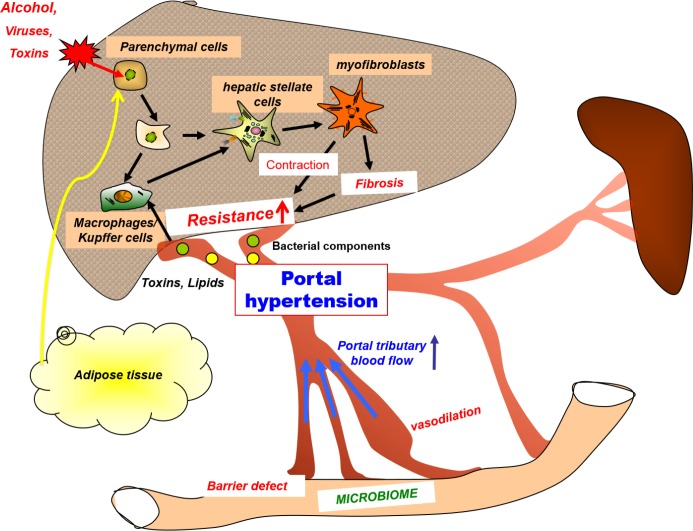Figure 1. Pathophysiology and targets of portal hypertension.
Viruses, alcohol (or other toxins), obesity, lipids, bacterial components, and other factors induce liver damage and inflammation (often via activation of local and recruited macrophages). This process leads to activation of hepatic stellate cells and proliferation of myofibroblasts. Their fibrogenetic and contractile properties are the main causes of increases in intrahepatic resistance and portal venous congestion inducing portal hypertension. This results in splanchnic vasodilation and an increase in portal tributary blood flow via different mechanisms, which aggravate portal hypertension. Initiators of this cascade may reach the liver via the systemic circulation or may be derived from the gut. The best method to counter portal hypertension is the interruption of the initiating events, whether by eradication of hepatotropic viruses, abstinence from alcohol, or weight reduction. If this fails, there are several strategies to modify and influence intrahepatic inflammation or activation (or both) of hepatic stellate cells, including stimuli coming from the gut and the visceral adipose tissue.

